Do Acoustic Foam Panels Work? Why Better Alternatives Exist
Do acoustic foam panels work? Are acoustic foam panels worth it? As the leading acoustic treatment specialist, these are some of the most common questions we hear from people setting up their home studios, offices, or home theaters. Controlling sound waves inside a room is crucial for achieving clear recordings, peaceful working environments, and enjoyable listening spaces. While acoustic foam panels can have a role in sound treatment, they also have significant limitations. In this article, we’ll explore how acoustic foam works, where it falls short, and why more advanced acoustic panels and other solutions offer superior performance.



